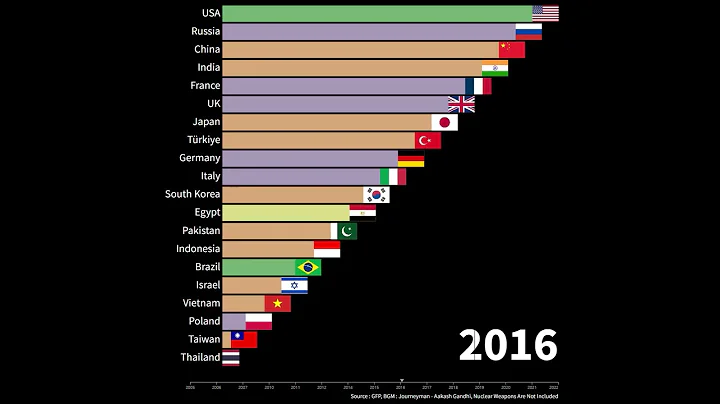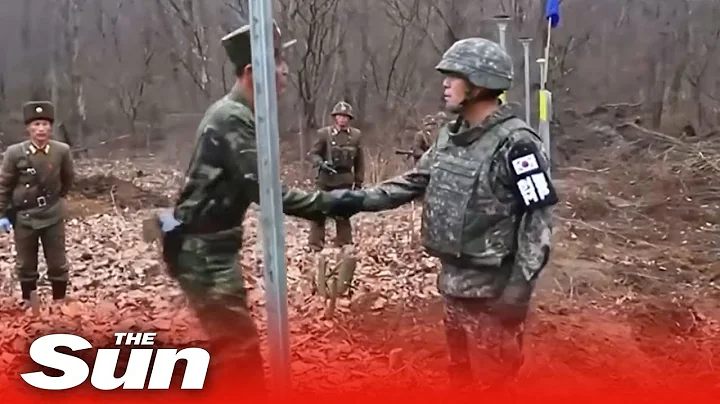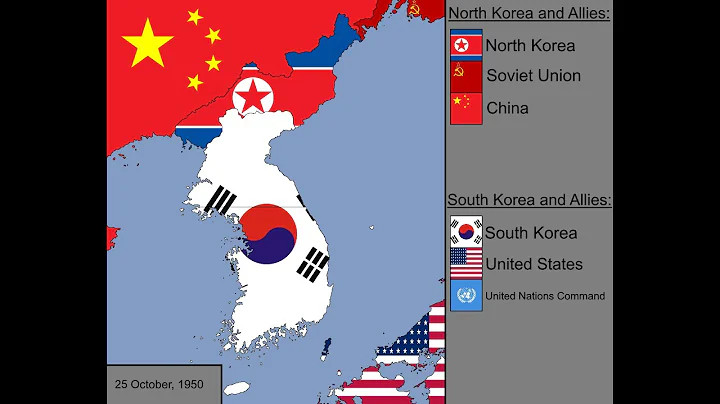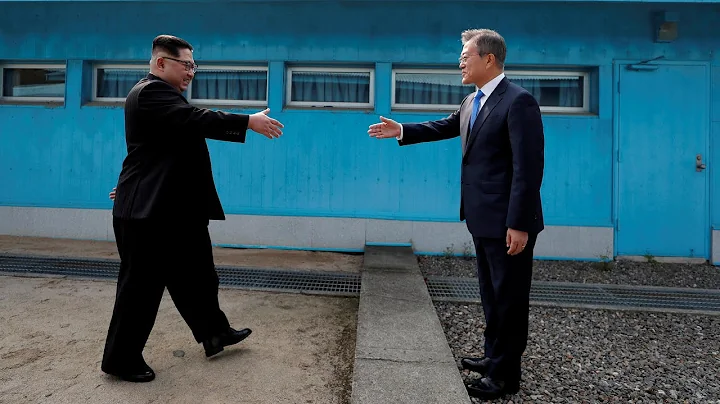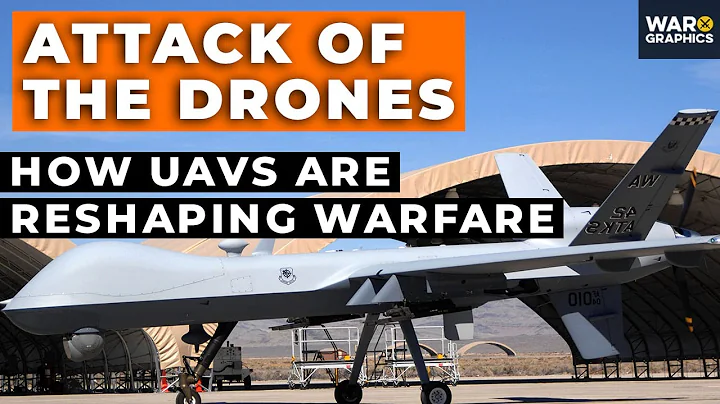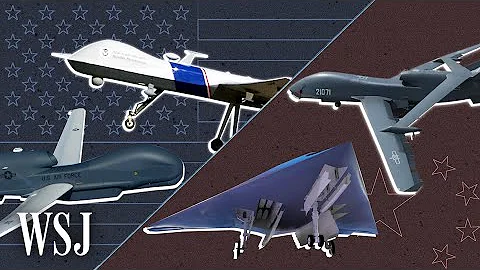Military General
In 1950, New China had just been founded, but at this time the new republic was facing threats from two directions: and Vietnam in the south, with French troops crossing the Sino-Vietnamese border, and North Korea in the northeast. The US military is watching with eager eyes.

In view of the severe external situation, the older generation of revolutionaries of the Republic are clearly aware that if they want to have a stable environment for the development of the Republic, they must clean up enemies from these two directions. Among them, Chen Geng, as a general with excellent military capabilities, was not only sent to Vietnam to help Vietnam drive away the French, but also had to enter North Korea three times despite his busy schedule. However, he did not command the battle after entering the DPRK, but took some special measures, which made the US military sigh: Chen Geng came to build the Great Wall!

Why did Chen Geng be transferred back and forth between two places in the first place? The main reason is that Chen Geng's military capabilities are second to none among the major generals who founded the country. During the War of Resistance Against Japan, Chen Geng served as the commander of the 386th Brigade and fought against the Japanese invaders in the Taihang Mountains for many years with remarkable results; during the War of Liberation, Chen Geng served as the commander of the Second Field and Fourth Corps of the Chinese Army, fighting all the way from Shanxi to Yunnan.

Different from ordinary corps, Chen Geng's Fourth Corps is a special independent large corps. Although it is certainly not as good as the main field armies in terms of level, his actions are largely based on his own adaptability. Therefore, Chen Geng's military ability is better than that of generals of the same level. He is an all-rounder integrating military, politics, agent and other fields.

It is precisely because of Chen Geng's military capabilities that it is very comprehensive . Therefore, when Vietnam asked China for help, the central government decided to send Chen Geng in the name of military advisor to help Vietnam defeat the French invaders.
Entered North Korea three times
After Chen Geng arrived in Vietnam, he saw that the Vietnamese generals had rigid thinking, so he had to become the " master" of the Vietnamese generals, explaining to them the key points and laws of war. Vo Nguyen Giap, who later became a general of the Vietnamese army, was a disciple of Chen Geng. He recalled that when he first heard Chen Geng explain the war, he was so excited that he couldn't sleep, so he called Chen Geng and talked all night.

After Chen Geng's guidance, the Vietnamese army's combat effectiveness increased significantly , they recaptured Lang Son , and opened up the Sino-Vietnamese border. However, although the situation in Vietnam has temporarily eased, war has already broken out in North Korea - the Chinese Volunteer Army entered North Korea to fight in October 1950. After Chen Geng learned about it, he applied for transfer to North Korea, conducted a series of investigations in North Korea, and collected a large amount of battlefield intelligence.

As a result, as soon as Chen Geng left, the Vietnamese army began to fight hard. Seeing that the Korean battlefield was under the command of Mr. Peng, Deng Hua and others, Chen Geng returned to Vietnam and continued to help them drive away the French. In 1951, the important town of Gaoping was captured by the Vietnamese army. Chen Geng finally completed his mission in Vietnam and was able to continue to North Korea to complete his work. At this time, Chen Geng had noticed the weakness of the Volunteer Army that was not good at positional warfare, so he prepared to promote tunnel warfare techniques to improve the Volunteer Army's positional defense capabilities.

As a result, just when Chen Geng was about to promote tunnel tactics, the central government transferred him back to the country to perform other tasks, and Chen Geng had no choice but to return to the country again. After he completed his domestic mission, Mr. Peng needed to return to China for rest due to physical reasons. Therefore, Chen Geng was ordered to go to North Korea for the third time and confront the US military head-on. Although Chen Geng did not command the troops on how to fight the enemy during his first two visits to the DPRK, he had accumulated enough front-line intelligence and planned a series of tactics based on this intelligence.

Chen Geng's plan
Chen Geng believes that after the first to fifth battles of to resist U.S. aggression and aid Korea , the US military should have realized that it is unrealistic to annihilate the volunteers in one fell swoop, so the Korean battlefield will then shift to a strategy. The stalemate stage , and this stage requires the volunteers at all levels to improve their positional defense.

Since the shortcomings of the volunteers' weak firepower could not be overcome in a short time, Chen Geng decided to make the US military's artillery ineffective and bring them to conditions similar to those of the volunteers. Therefore, he decided to promote tunnel tactics throughout the army and prepare to fight positional defense battles with the US military.

Regarding Chen Geng’s approach, there were actually voices of doubt at the time: According to the combat experience of the Volunteer Army since entering North Korea, our army’s firepower is weak and simply is not suitable for frontal confrontation with the US military. If we choose to dig tunnels, it is simply like "Dig your own grave." But Chen Geng was very assertive. He defied all opinions and firmly promoted tunnel tactics. As a result, these tunnels played an excellent role in the future battle of Shangganling.

At that time, the US military fired more than 1.9 million artillery shells into a narrow position of less than 4 square kilometers, blasting the top of the mountain down by one or two meters. Fortunately, the volunteers relied on their solid tunnel fortifications to escape the baptism of U.S. artillery fire and repelled U.S. charges again and again. After the war, when Americans saw the densely packed trenches and fortifications of the Volunteer Army, they could not help but sigh: Chen Geng was not here to fight, but to build the Great Wall!

At this time, people had to marvel at Chen Geng's foresight. When the Korean War was over, some people believed that Chen Geng was the first person under the marshal with his military exploits. In 1955, New China held its first medal ceremony to commend generals who had made significant contributions in the revolutionary era. Chen Geng was ranked among the "Top Ten Generals of the Founding of the People's Republic of China" with his proud military achievements.
